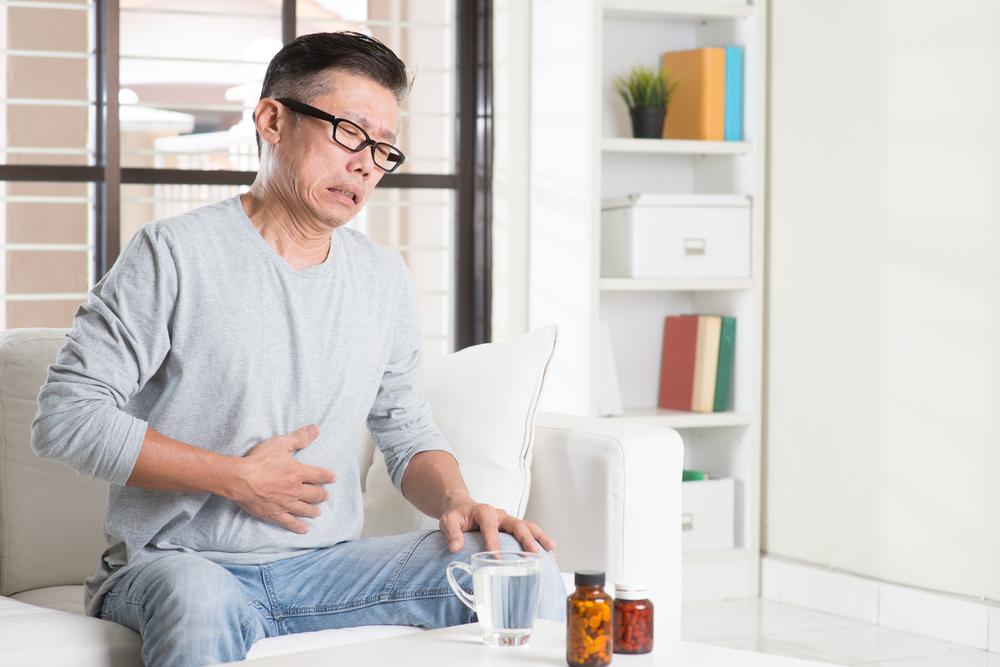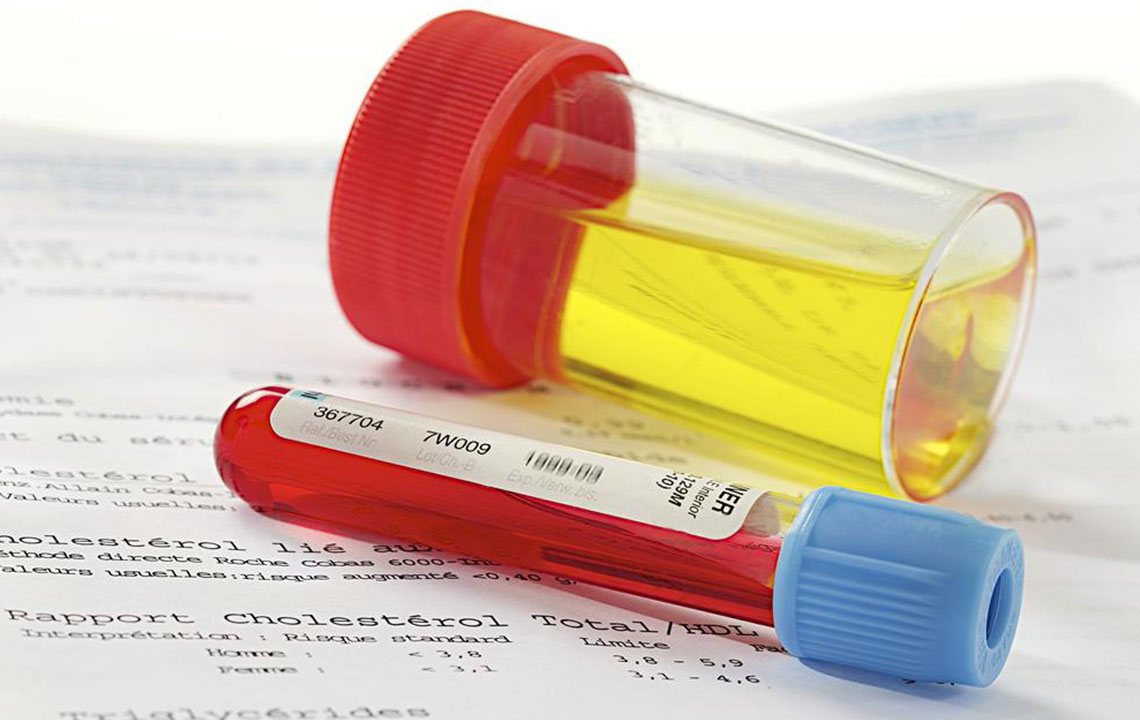Comprehensive Guide to Managing and Treating Fecal Incontinence
Fecal incontinence, or bowel leakage, can significantly impact quality of life. This detailed guide covers causes, symptoms, and effective treatment options including lifestyle changes, medical therapies, and surgical procedures to help manage and improve this condition efficiently.

Comprehensive Guide to Managing and Treating Fecal Incontinence
Fecal incontinence, also known as bowel leakage or anal incontinence, is a challenging condition characterized by the involuntary loss of stool from the rectum. This condition affects individuals across various age groups but is particularly prevalent among adults, especially the elderly and those with specific medical conditions. Managing fecal incontinence requires a thorough understanding of its causes, symptoms, and the wide array of available treatments. In this comprehensive guide, we delve deep into each aspect, offering valuable insights for patients, caregivers, and healthcare professionals seeking effective management strategies.
Understanding Fecal Incontinence
Fecal incontinence involves the loss of control over bowel movements, which can manifest as leakage of solid stool, mucus, or diarrhea. It is a symptom rather than a standalone disease, often indicating underlying health issues. The condition can be classified into two main types based on symptoms and mechanisms: urge incontinence and passive incontinence.
Urge incontinence occurs when an individual experiences a sudden, intense urge to defecate but loses control before reaching the toilet. This type is frequently associated with diarrhea, bowel spasms, or certain neurological conditions affecting the bowel's ability to hold stool. People with urge incontinence often report episodes where the need to defecate is uncontrollable, leading to unexpected accidents.
Passive incontinence is characterized by unnoticed stool leakage, often without any sensation or urge beforehand. This form tends to be more common among older adults and individuals suffering from neurological disorders such as dementia or spinal cord injuries. It may also be linked to weakening of the anal sphincter muscles or nerve damage.
Root Causes and Contributing Factors
Fecal incontinence is multifactorial, with several causes that may operate independently or synergistically. The central role generally involves damage or dysfunction of the muscles and nerves controlling bowel movements. Some of the primary causes include:
Nerve Damage: Injury or deterioration of the nerves responsible for sensing stool in the rectum or controlling sphincter muscles can impair bowel control. Conditions such as diabetes, multiple sclerosis, or spinal cord injuries contribute to nerve damage.
Muscle Weakness: The anal sphincter muscles and pelvic floor muscles provide vital support for continence. Weakening due to aging, childbirth trauma, or surgical procedures can lead to leakage.
Chronic Constipation and Straining: Repeated straining during bowel movements can weaken sphincter muscles, causing eventual dysfunction. Hard stools can also cause tearing or injury to rectal tissues.
Diarrhea and Bowel Irregularities: Frequent episodes of diarrhea or loose stools can overwhelm the sphincter muscles’ capacity, resulting in leakage.
Rectal and Anal Surgeries or Conditions: Surgical procedures in the rectal or anal area, rectal prolapse, or inflammatory conditions may impair normal function.
Aging and Gender-Related Factors: Elderly individuals are at increased risk due to muscle degeneration, reduced nerve function, and comorbidities. Women may experience more due to childbirth-related trauma or pregnancy-related changes.
Recognizing Symptoms and Signs
Identifying fecal incontinence involves observing specific symptoms, which vary depending on the type and severity of the condition. Common signs include:
Sudden Urge to Defecate: A rapid and often uncontrollable need to empty the bowels, leading to accidents if no immediate access to a restroom is available. Diarrhea and abdominal discomfort often precede urge incontinence episodes.
Unintentional Leakage: Small amounts of stool leaking without any awareness, typical of passive incontinence, especially during activities like walking or sleeping.
Skin Irritation and Soreness: Chronic leakage can cause skin irritation, soreness, and rash around the anal area due to constant moisture exposure.
Abdominal and Pelvic Discomfort: Bloating, cramping, or pelvic pressure may be associated with underlying bowel dysfunction.
Emotional and Social Impact: Anxiety, embarrassment, depression, and social withdrawal are common emotional consequences impacting quality of life.
Physical signs might include skin irritation, foul odor, or visible stool leakage. Recognizing these signs early and seeking medical advice are crucial for effective management.Effective Treatment and Management Strategies
Managing fecal incontinence requires a multifaceted approach tailored to the underlying cause, severity, and individual needs. Treatment options are diverse, ranging from conservative measures to surgical interventions. The goal is to restore continence, improve quality of life, and reduce complications.
Conservative and Lifestyle Modifications
Initial strategies often involve conservative measures such as bowel training, dietary adjustments, and pelvic floor strengthening exercises. Bowel training involves establishing regular bowel habits, including scheduled toileting routines that optimize control. Patients are encouraged to respond promptly to natural urges to defecate and avoid delaying bowel movements to prevent stoolhardening or overflow contamination.
Dietary modifications play a significant role in managing symptoms. This includes avoiding foods that may irritate the bowel, such as spicy foods, caffeine, or alcohol. Incorporating a high-fiber diet with adequate hydration helps normalize stool consistency and transit time. Conversely, for persistent diarrhea, fiber supplements like psyllium can aid in bulking stool and reducing leakage.
Pelvic floor exercises, particularly Kegel exercises, are effective in strengthening the muscles that support continence. Regular training enhances sphincter control and can significantly reduce episodes of leakage.
Medications and Medical Therapies
Several medications assist in symptom management:
Antidiarrheal Agents: Loperamide reduces bowel motility, decreasing diarrhea episodes.
Absorbents and Binders: Bismuth subsalicylate helps in controlling stool consistency and odor.
Laxatives and Stool Softeners: Used judiciously to prevent hard stools that may strain or damage sphincter muscles.
Biofeedback therapy is a non-invasive technique that trains patients to control and coordinate their pelvic floor muscles effectively. It involves real-time feedback from sensors that monitor muscle activity, enhancing the self-awareness and voluntary control over bowel movements.
Advanced and Surgical Options
When conservative and medical treatments are insufficient, advanced procedures become necessary. Surgical options include:
Sphincter Repair (Sphincteroplasty): Reconstructing damaged anal sphincter muscles to restore function.
Artificial Bowel Sphincters: Implanting devices that can be controlled externally to regulate bowel control.
Bowel Diversion (Colostomy): Creating an opening in the abdomen to divert stool whencontinence cannot be managed conservatively.
Rectal Suspension or Prolapse Repair: Addressing structural abnormalities contributing to incontinence.
Surgical interventions are typically reserved for severe cases where other therapies have failed, and they require careful patient selection and counseling.In conclusion, fecal incontinence is a complex condition that demands a comprehensive management approach. Early diagnosis and tailored treatment strategies, combining lifestyle modifications, medical therapies, and surgical options, can significantly improve patients' quality of life. Ongoing research continues to advance understanding and develop innovative solutions for better management of this challenging condition.





